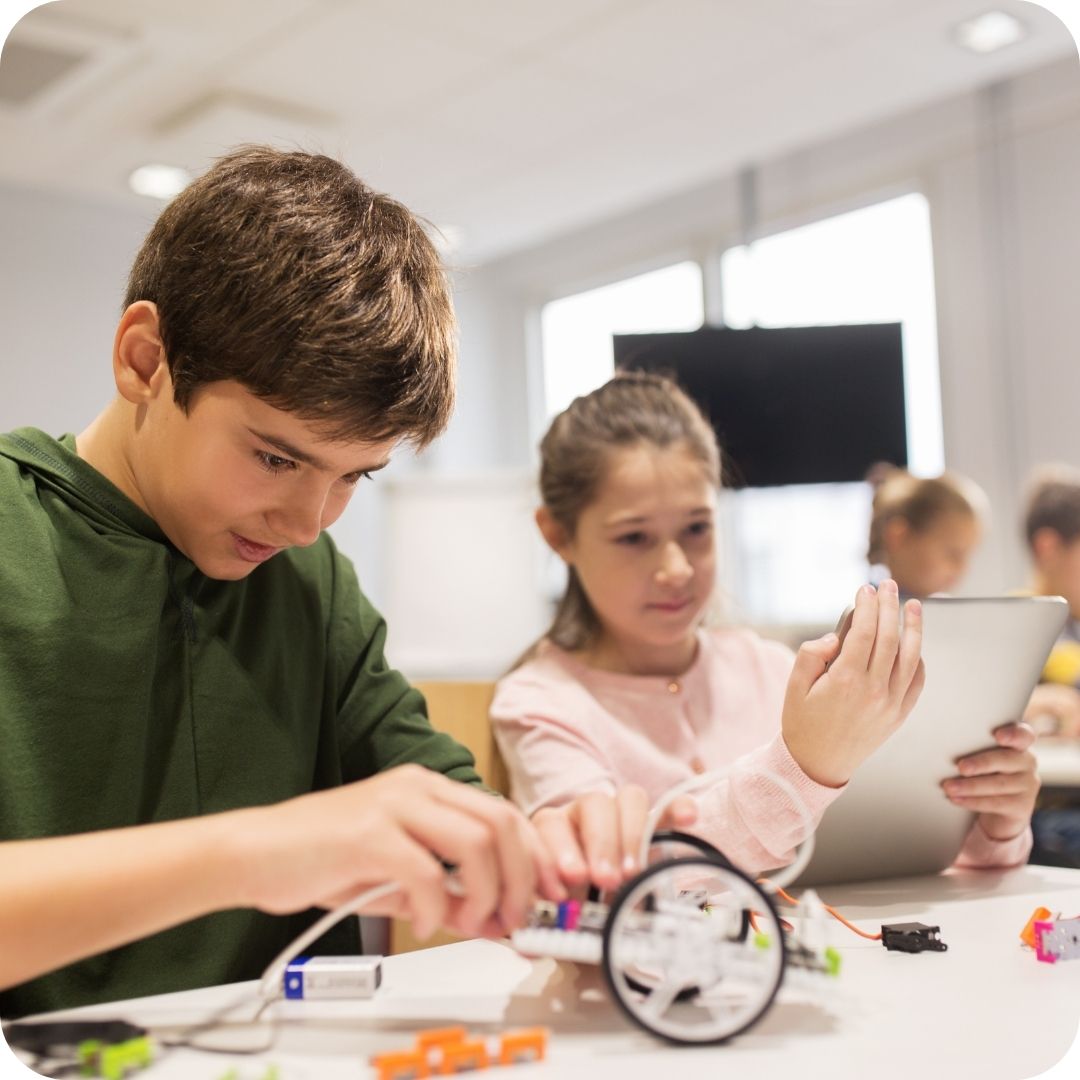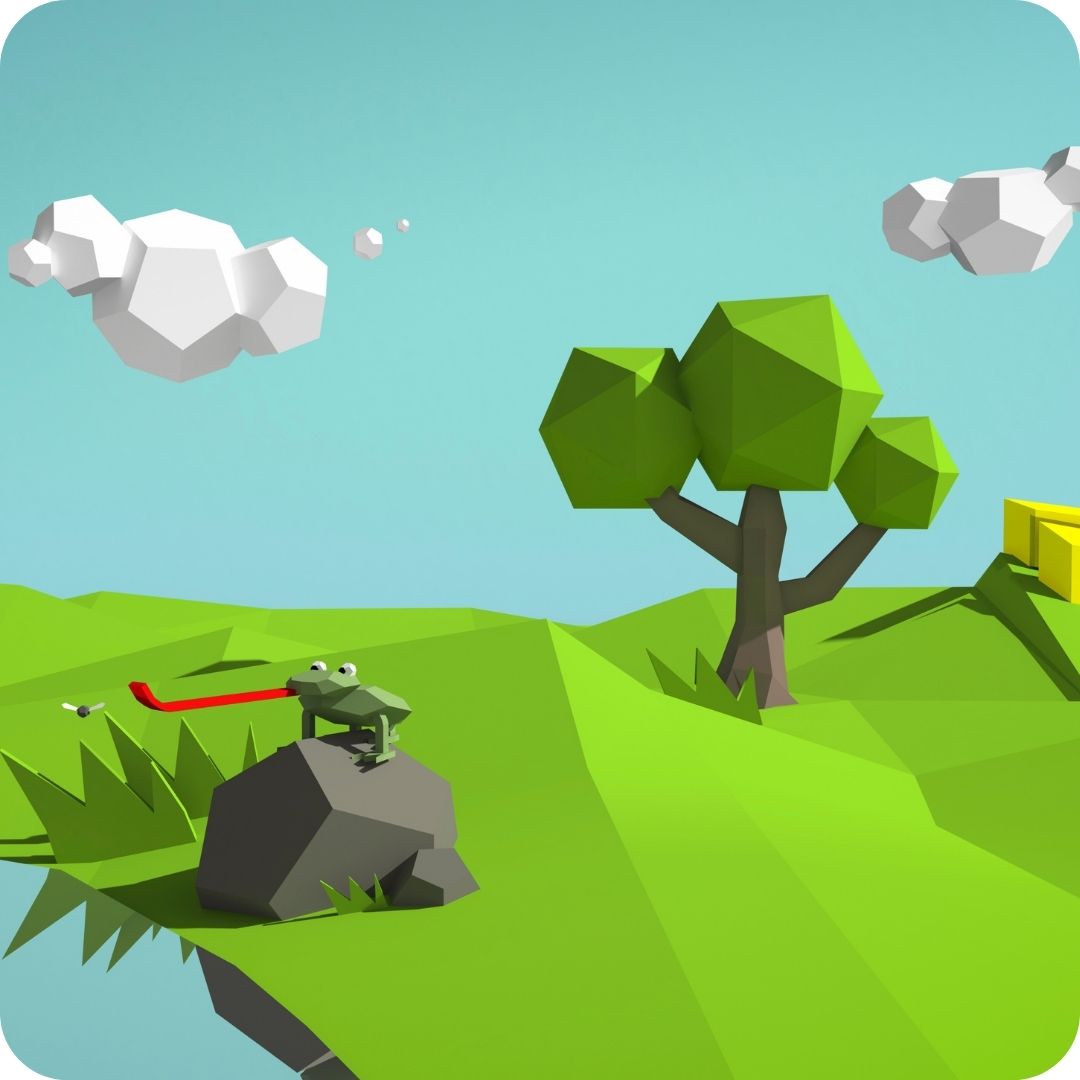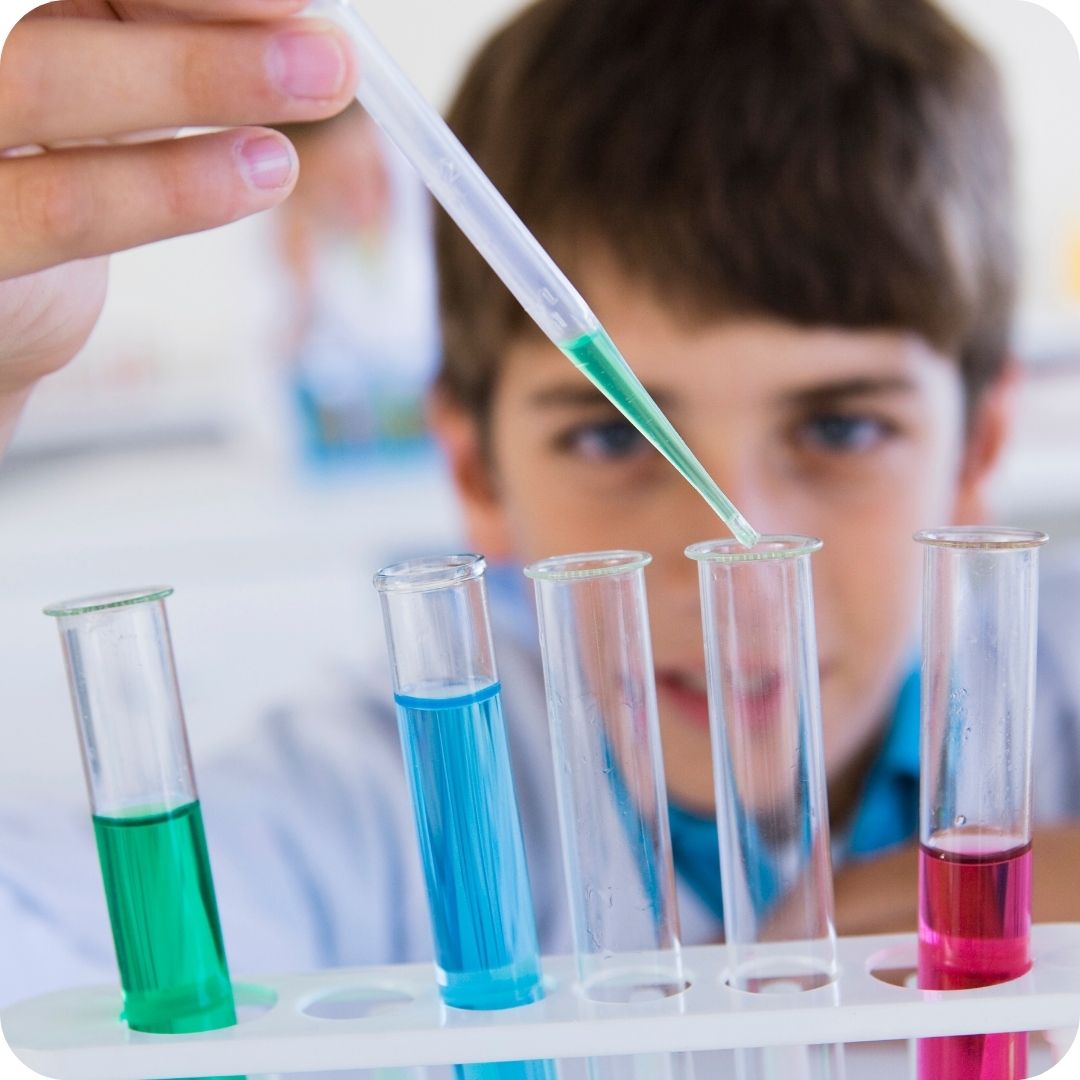Adventures to space and sea
Take on the role of marine biologist and astronaut as you explore the space and the sea. Dive under the sea and explore sea creatures. Take a mission to the space.
Upon completion, students will get:
- Earn a UC San Diego Extension award of completion
- 1.5 pre-college credits by UC San Diego Extension
- UC San Diego Extension Transcript
- Explore interests in STEM
Growing Food on Mars
Explore How Regolith—the Ground Cover of Mars—Can be Used to Grow Food
To be able to live on Mars, humans need breathable air, clean water, and nutritious food. A manned trip to Mars would require food that was either successfully grown in space or on Mars. In this course, students will explore how regolith—the ground cover of Mars—can be used to grow food. Students will design food experiments on Mars regolith incorporating hydroponics, which is growing edible plants in water instead of soil. In addition, students will use the scientific method to describe their experiments and present their results upon completion.
What you will learn:
Humans need breathable air, clean water, and nutritious food. Learn how regolith can be relied upon to grow food to help humans live on Mars.
- Investigate the soil on Mars as it pertains to growing food
- Design experiments using the scientific method
- Experiment on regolith to determine if food can be grown safely
Mission to Mars
Create a Video Game to Explore Mars Using the Scratch Programming Language
Learn about current space research and goals for future space exploration. Students will discuss mission limitations including weight, durability and landing issues in order to design and create a video game to explore Mars. Students will create a Mars rover game using the Scratch programming language from MIT. Each video game will be required to incorporate a satellite image of Mars to depict. This may include the Valles Marineris Trench, which covers an area equivalent to the spatial extent of our continental USA, or Olympus Mons, a shield volcano, whose footprint is approximately the size of Arizona.
What you will learn:
Planning a mission to Mars begins now! Students will learn about current space research and goals for future space exploration.
- Explore scale models of Earth, Mood and Mars to assess size position and scale variability
- Create a model of the solar system and compare planetary sizes
- Introduced to the Scratch programming language and build a drivable rover
- Compare the difference in atmosphere, gravity, and radiation between Earth and Mars
- Learn the history of past missions to Mars
Space Out!
The lure of space exploration offers a powerful way to ignite students’ interest in science, technology and engineering. This class guides students on a tour of our solar system and beyond, and then lets them plan their own mission to a distant destination.
We will start by exploring our own planet and considering what we can observe about Earth from space. We will survey other planets in our solar system and discuss what we need to know about a planet before we go there. Students will learn about “galaxies far, far away” and get a sense of just how vast distances in space are. They will consider what we know about Earth-like planets around other Suns and imagine what form life might take there. Inspired by what they learn, students will plan their own exploratory mission to another planet and create a model of a spacecraft that could take them there. The class provides a base of knowledge to build on as students move ahead with studies in astronomy, Earth science, engineering and more.
What you will learn:
Learn about stars, galaxies and habitable planets and plan your own space mission.
- Consider what we can observe about Earth from space and what we can observe about space from Earth.
- Explore what it takes to send a rocket into space.
- Gain an understanding of how other planets in the solar system differ from ours.
- Examine what we need to know about a planet before traveling there.
- Learn about Earth-like planets around other stars, consider what it would be like to visit one of these planets, and imagine what kind of life we might find there.
- Get a sense of the vast distances between bodies in space.
- Survey past and current space exploration missions.
- Choose a destination and plan your own space mission.
- Design and build a model spacecraft.
Holobionts in Space: Designing a Healthy Human from Scratch
Learn the Necessary Components to Keep and Sustain Colonists’ Health on Mars
Imagine humans have successfully settled a colony on Mars. There would be necessary components to keep and sustain their colonists’ health to insure their survival on Mars. This includes how angiogenesis affects humans and new blood and vessel growth. Students will witness regeneration of a human body healing itself from wounds while researching immunity and what foods naturally boost the human immune system.
What you will learn:
Humans need certain conditions to ensure health for survival on Mars. Learn how angiogenesis, regeneration and mitochondrial health affects their health!
- Learn about angiogenesis and new blood vessel growth.
- Witness regeneration and how the body heals itself from wounds
- Explore human gut microbiome and flora in the human gut
- Learn about DNA protection and how genetic code repair itself including unique risk factors in a xenic (non-Earth) environment
- Research immunity and what foods naturally boost the actions of the immune system
- Discover mitochondrial health and the fascinating organelle known as mitochondria that grow and divide independently of our cells
Amazing Asteroids
Did a giant asteroid really wipe out the dinosaurs? Learn about the effects of asteroid impacts through the ages as you explore the science of amazing asteroids and design a bunker to withstand an imaginary asteroid strike.
Students will learn about how asteroids form and what they are made of. We will also explore the asteroid belt between Mars and Jupiter. Together we will survey the effects of asteroid impacts through the eons, including the evidence of a giant impact during the age of dinosaurs. We will also assess the chances of a giant asteroid striking Earth today. Students will apply what they have learned by designing and building a model of an underground bunker where they could sustain their community for a year following a pretend asteroid strike. The class offers an engaging introduction for further studies of astronomy and Earth science.
What you will learn:
Learn about the science of asteroids and design an underground bunker to survive an imaginary asteroid impact.
- Understand how asteroids form and what they are made of.
- Become familiar with the characteristics of the asteroid belt.
- Learn about the effects of asteroid strikes throughout history.
- Survey the evidence that a huge asteroid impact caused the extinction of the dinosaurs.
- Design a bunker to live underground and sustain a community for a year following a pretend asteroid collision.
- Create a 3D model of your bunker design.
Being Nemo
Marine biology will come alive as aspiring oceanographers view the world from the perspective of sea creatures great and small and discover how these animals survive in their varied habitats.
Students will take on the role of a series of ocean dwellers: a clownfish exploring a coral reef, a leopard shark in shallow waters, a sea star in a tide pool, a gray whale migrating the Pacific and a sea otter in a kelp forest. Class members will experience what these animals see and hear and explore how easy (or difficult) it is for them to live and thrive. To highlight what they have learned, students will create stop-motion videos to share on the last day of class. Being Nemo offers a great way to spark students’ interest in learning more about marine biology.
What you will learn:
Get a broad overview of the fish and other animals that live in our oceans, rivers and streams.
- Trace the activity of leopard sharks in shallow waters off San Diego.
- Learn about coral and investigate the life of a clownfish on a coral reef.
- Learn about the fluctuations of tide pools and follow the activities of a sea star through changing tides.
- Gain an understanding of migration and follow a gray whale covering huge distances in the open ocean.
- Take a look at kelp forest ecosystems through the eyes of the sea otters that depend on them.
Slimy Sea Creatures
Invertebrates like octopuses, jellyfish and squid have fascinating adaptations for life in their ocean ecosystems. Take on the role of marine biologist as you learn about how slimy sea creatures survive and thrive.
Students will observe sea stars, sand dollars and moon snails, to name a few. They will watch a squid dissection while learning about anatomical structures of invertebrates. We will investigate the secret of how octopuses change color and how pearls are made. Students will also consider what kind of invertebrate they would like to be. They will test their knowledge by playing a game that rewards those with the best mastery of vocabulary from the class. Each student will create artwork using seashells and other materials from Mother Earth. Slimy Sea Creatures offers a great way to inspire students to pursue further studies in marine biology.
What you will learn:
Survey the adaptations that allow marine invertebrates to survive in their ecosystems.
- Gain a basic understanding of taxonomy and of the characteristics of invertebrates.
- Observe invertebrates like sea stars, crabs and sand dollars.
- Learn what a phylum is and what the features of mollusks are.
- Categorize and learn about different shells.
- Investigate the external and internal anatomy of a squid and the functions of its organs.
- Learn and practice vocabulary related to marine invertebrates.
Adventures Under the Sea
The ocean is home to an amazing assortment of organisms and ecosystems. Join us for an around-the-world adventure as we investigate the diversity of life under the sea.
Students will get an introduction to ocean science. They will learn about the taxonomy of ocean animals, including the differences between invertebrates and vertebrates. We will explore the relationships among living things in ocean ecosystems, including food webs and predator-prey relationships. Students will gain an appreciation for the great diversity of life, ecosystems and relationships in the ocean. The class offers an intriguing introduction for students interested in further studies of oceanography or marine biology.
What you will learn:
Explore ocean science and learn about the diversity of marine ecosystems and life forms.
- Understand that Earth has one big ocean with many features.
- Get an introduction to the great diversity of life and the many ecosystems in the ocean.
- Know the differences between marine vertebrates and invertebrates.
- Understand the dynamics of food webs and predator-prey relationships in marine ecosystems.
- Learn about the habitats and ranges of different sea creatures.


